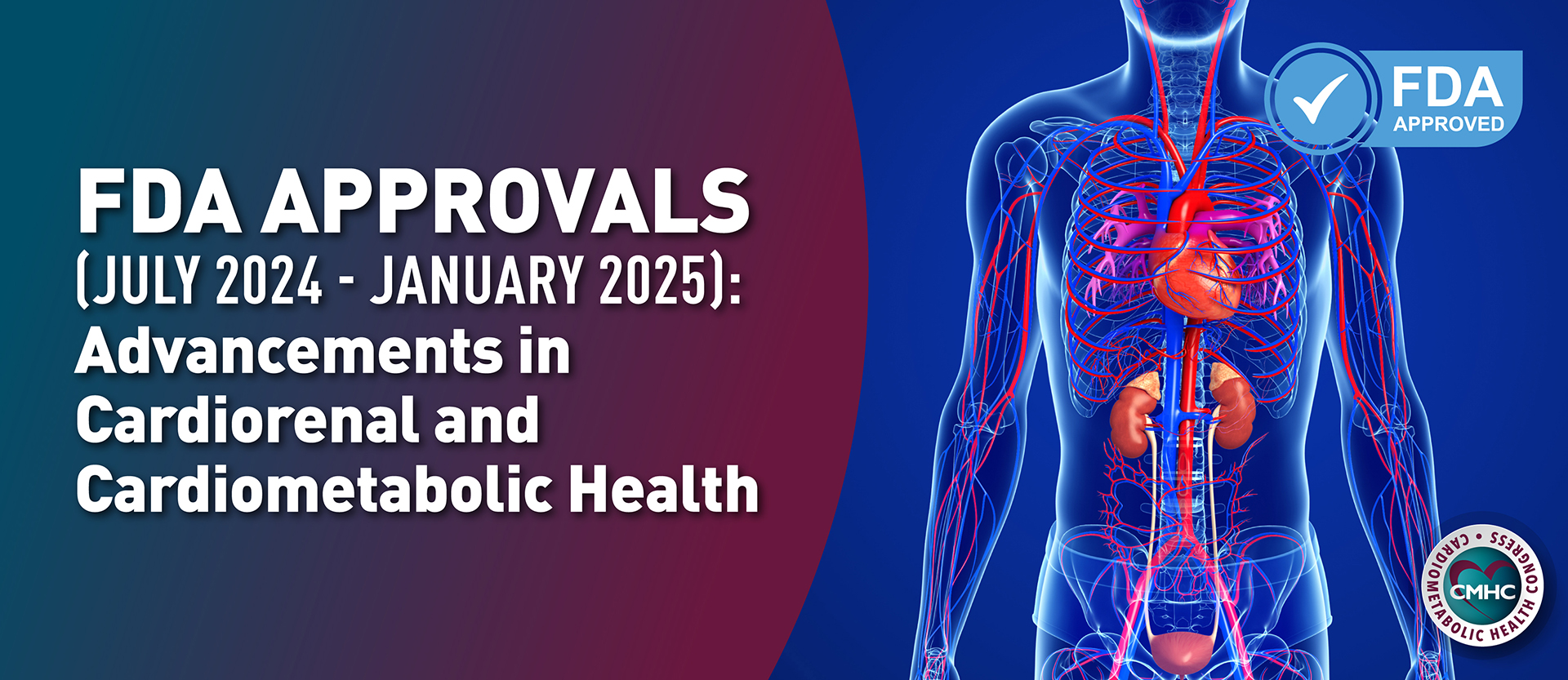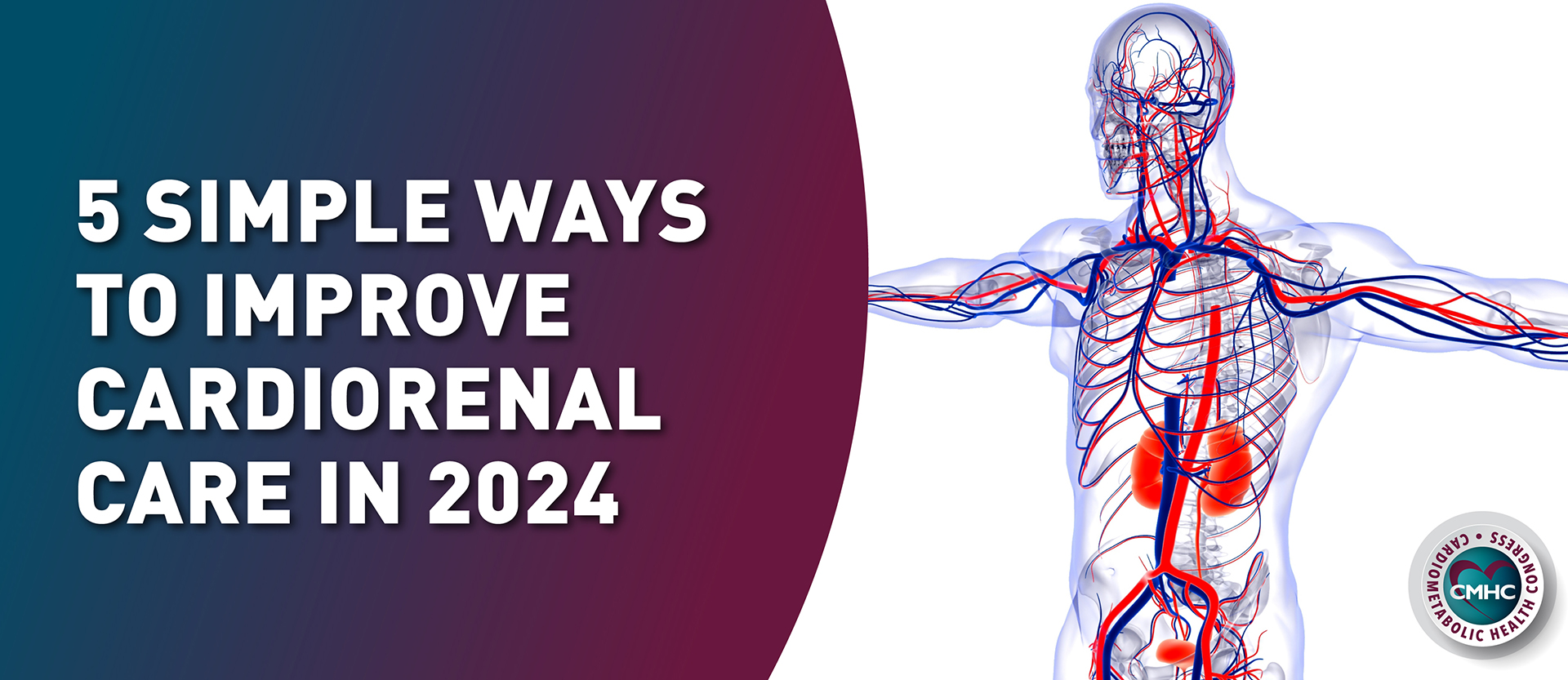 The Reality of Women and Cardiometabolic Disease
The Reality of Women and Cardiometabolic Disease
Perception has typically been that cardiovascular disease (CVD) is a disease that primarily impacts men, but CVD has been the leading cause of death in women. In 2013, according to US statistics, CVD accounted for more than 398,000 female deaths.1 Every 90 seconds in the United States, a woman suffers a myocardial infarction.2
Men tend to develop CVD earlier than women, but women develop CVD more rapidly after menopause due to hormonal changes, leading to the development of hypertension, changes in lipid concentrations, and central adiposity. Diabetes is also a more significant risk factor for CVD in women than men.3 Other factors that increase the odds of developing CVD include excessive alcohol use, family history of CVD, hypercholesterolemia, hypertension, obesity, physical inactivity, and smoking. Hypertension, hypercholesterolemia, and smoking in particular are key risk factors for the development of CVD and about half of American women (49%) have at least one of these three risk factors.2
However, women often remain unaware of their risk and differences have been observed in treatment and outcomes between men and women with cardiometabolic diseases. Preventive therapies are recommended less often to women. Women are more likely to be diagnosed and treated for hypertension, but are less likely to reach treatment goals.4 High-risk women, including those with diabetes, are less likely to be on lipid-lowering agents and reach an LDL cholesterol (LDL-C) level of less than 100 mg/dL. Women with diabetes are also less likely to reach an HbA1c less than 7%.
Although the relationship between LDL-C levels and CVD is well documented, women are less likely to be screened for hypercholesterolemia, receive lipid-lowering therapy (LLT), and achieve optimal LDL-C levels. One study of extracted data from a claims database identified more than 76,000 patients with established CVD and examined them over a 4-year period, stratifying them according to gender, baseline LDL-C levels, and whether they were initially treated with LLT before the study began. Among the total number of patients, 42% were women. More men (50%) had initially been given statin therapy than women (32%) and among women who were being treated with LLT, they were significantly less likely to receive a prescription for higher potency LLT compared with men. Even among patients whose LDL-C levels were above 160 mg/dL, women were more likely to discontinue LLT and women who were initially untreated at the start of the study were less likely to initiate LLT than men, regardless of their LDL-C levels.
Because current guidelines emphasize moderate- to high-intensity statin therapy as the first line of treatment in patients at the highest risk of CVD, the disparities seen in this study highlight the need for targeted efforts at both patient and healthcare practitioner education to narrow the gender gap for secondary prevention in women at high risk of CVD.5 Understanding these gender differences will enable healthcare providers to better screen women and utilize evidence-based therapies for the prevention of CVD.
References:
- Mozaffarian D, Benjamin EJ, Go AS, et al., American Heart Association Statistics Committee and Stroke Statistics Subcommittee. Heart disease and stroke statistics–2015 update: a report from the American Heart Association. Circulation. 2015;131:e29–322.
- Women and heart disease prevention. Available at: https://www.cdc.gov/women/heart/.
- Lee LV, Foody JM. Cardiovascular disease in women. Curr Atheroscler Rep. 2008;10:295-302.
- Jarvie JL, Foody JM. Recognizing and improving health care disparities in the prevention of cardiovascular disease in women. Curr Cardiol Rep. 2010;12:488-96.
- Rodriguez F, et al. Gender disparities in lipid-lowering therapy in cardiovascular disease: insights from a managed care population. J Womens Health. 2016;25:697-706.

















